Introduction
Ebikes have quickly become famous worldwide as an appropriate and eco-friendly mode of transportation. They provide a great backup to customary bicycles by offering riders increased power when required. However, one specific type of e-bike that has become a craze in recent years is the fat tire e-bike. Fat tire e-bikes come with large tires and are strong and sturdy built, providing a seamless ride experience and a plethora of traction on diverse terrain. However, you may wonder if the fat tire e-bikes are too complex to pedal.
The answer is burdensome, and it hinges upon a few factors. The purpose of this article is to explore the significant factors that affect the ease of pedaling a fat tire e-bike and provide some valuable tips for riders who want to enhance their pedaling experience. Let's have a look at why fat tire e-bikes can be difficult to pedal and what you should think about if you're looking at fat tire electric bikes for sale.
Brief Overview of Fat Tire E-Bikes
Fat tire e-bikes come with wider tires than a bicycle or conventional bike. Fat tire e-bikes are exceptionally good on off-road rides, offering extraordinary stability and traction on jagged terrains such as sand, snow, or rocky paths. These types of e-bikes provide better shock absorption, resulting in an effortless and comfortable riding experience, particularly on rough terrain.
A fat-tire bike is built to accommodate oversized tires, designed for low ground pressure to ensure pleasant riding on soft, unstable terrain, such as snow, sand, bogs, and mud.
They are heavier than regular conventional bikes because of the extra tire weight, which doesn't always make them slower. The increased traction from more wheel space can make them faster uphill, and indeed, they're much faster than other regular bikes on uneven terrain.
However, fat tire e-bikes do have some unique features that can influence Peddling difficulty. Let's quickly find it.
Factors Influencing Pedaling Difficulty
Fat tire e-bikes are possibly but not certainly more challenging to pedal than conventional ones as a result of the electric motors that offer pedal assist. Assist levels of e-bikes can be modified to be convenient for rider preferences and the specific terrain they ride on. However, there can be a few critical factors that play a vital role in how easy it is to pedal a fat tire e-bike. Let's quickly find out.
-
Weight: Fat tire e-bikes are generally heavier than conventional bicycles and other types of e-bikes due to the wider tires, motor, and other components. This extra weight can make it challenging to ride the bike, mainly uphill or over rough terrain, and make them feel just too lethargic to pedal when starting from a stop.
- Tire pressure: Tire pressure will have an effect on how effortless it is to ride a fat tire e-bike. Lower tire pressure offers more softening and traction but also makes the bike difficult to pedal. Higher tire pressure can make the bike more effortless to pedal but also reduces traction and stability.
- Pedal assist level: The pedal assist level will impact how effortless it is to pedal a wide-tire e-bike. Excessive levels of assist can make pedaling more manageable, while lower levels can offer more of a workout.
- Traction: Tires on fat tire e-bikes are broader than regular bicycles or other e-bikes. The other e-bikes provide excellent traction, supporting riding on loose surfaces or in slippery situations. However, this can also make them experience somewhat greater difficulty in turning, specifically at high speeds.
-
Rolling resistance: Fat tire e-bikes have wider tires than regular bicycles and other types of e-bikes. The wider tires bring about increased rolling resistance compared to standard e-bikes. It means that riders may need to apply just more effort to keep going at the same speed as they would on a regular e-bike, mainly if they are riding on pavement or other smooth surfaces.
However, the electric motor counterbalances this additional resistance when working, providing riders with the necessary power boost to get the better of the resistance and keep going at a comfortable speed.
Electric Assistance
Fat tire e-bikes may need a bit more effort to pedal than conventional e-bikes on account of their increased weight and wider tires. However, the electric motor still offers a significant assist, making pedaling easier than traditional bikes without electric motors. In the long run, how easy it is to ride a fat tire e-bike counts upon the rider's fitness level, the type of terrain they're riding on, and the level of pedal assistance they get.
However, whereas fat tire e-bikes offer electric assistance, riders can still take pleasure in significant fitness and health benefits. The electric motor on fat tire bikes does not entirely replace the need to pedal. Instead, it enhances the rider's effort, making it easier to get to grips with challenging terrain or longer distances. Riders can also effectively incorporate physical exercise into their cycling routine and improve their cardiovascular fitness and overall health by opting to pedal more and spending less on the electric assist.
Maintenance Considerations
Electric bikes need proper care and maintenance to ensure optimal performance and long-term continuity so you can enjoy your pleasure ride for longer intervals. Let's check some quick and easy methods for the same.
- Cleaning and Inspection
Clean your e-bike frame regularly or every day, using cleaning products that do not have any alcohol or petroleum distillates.
- Battery Health
Most e-bikes come with lithium-ion batteries. They need proper and timely charging to avoid drying out.
- Tire and Wheel Care
Set a routine for a weekly check-up to avoid a flat tire during riding. You should notice the tire tread depth to make sure they are holding up hassle-free. If they are not, you may have a loose grip on the terrain you are roaming on, which may aggravate your balance in snow and rain conditions. Also, check for damage to your bike's wheels and ascertain if they are worn out, as it'll disable them from holding much air. So, if you notice any cracks on the tire's surface, you should replace them at once.
- Take Good Care of Your Brakes and Chain
You can follow these tips to take good care and maintain your brakes and chains.
- Set a routine for brake inspection occasionally to ensure brake pads are in place.
- Check if the rotors are worn out; then, they must be replaced in a timely manner.
- Ensure brake cables are in order and not fraying.
- Lubricate the chain regularly.
For further details, you can check our essential electric bike care guide to ensure your electric vehicle's optimal performance and longevity.
The Bottom Line
Fat tire e-bikes are often more challenging to pedal than regular bicycles. While the broader tires may produce slightly more rolling resistance, the electric assist feature counterbalances this effect when engaged. These bikes offer an adaptable and enjoyable riding experience, especially for off-road adventures and challenging terrains. With alterable assist levels, better comfort, and a wide range of models available, riders have the flexibility to opt for an e-bike that suits their preferences and needs. Whether you choose a fat tire e-bike or a regular one, both possibilities provide the convenience and environment-friendly benefits of e-bikes, encouraging sustainable transportation options and increasing personal mobility.






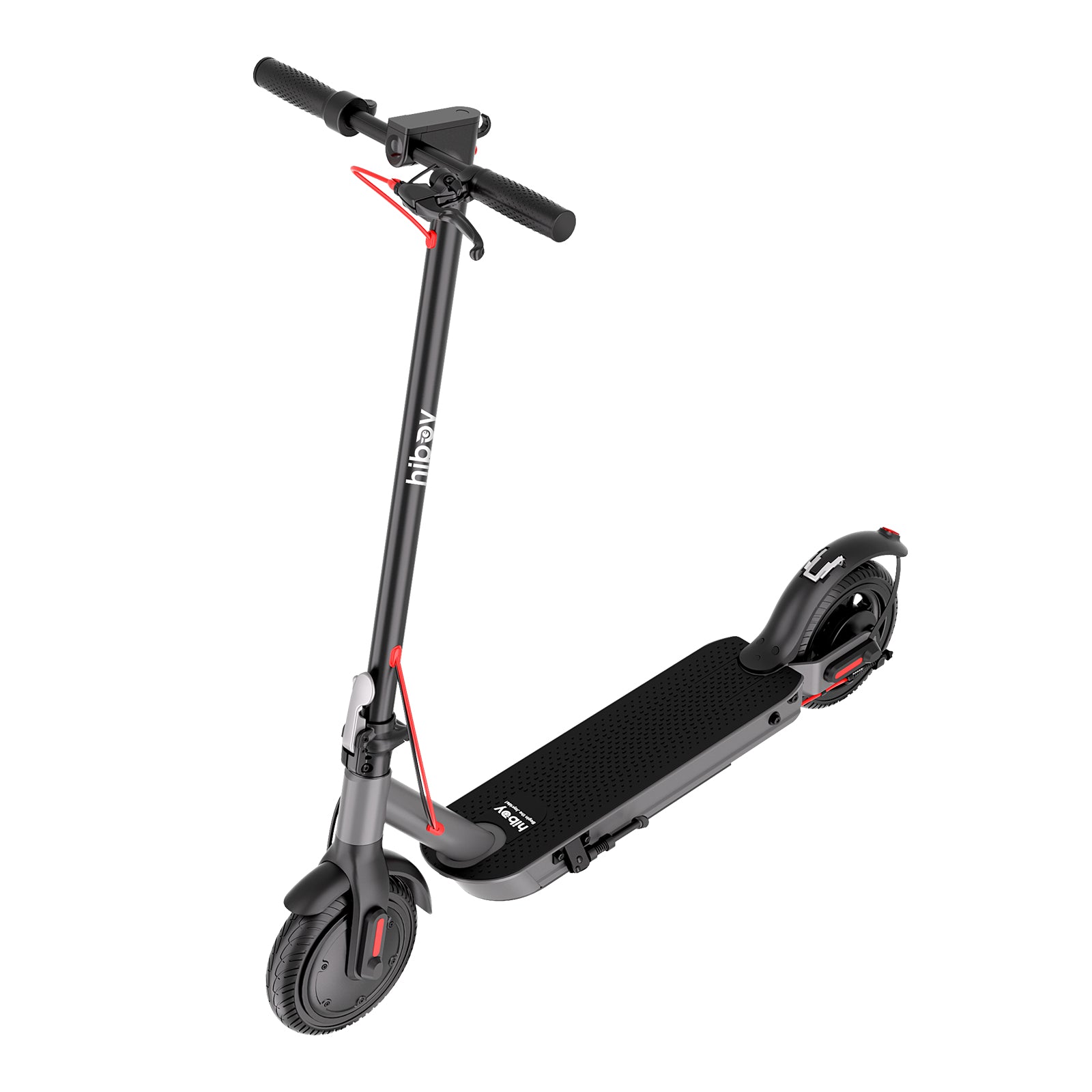
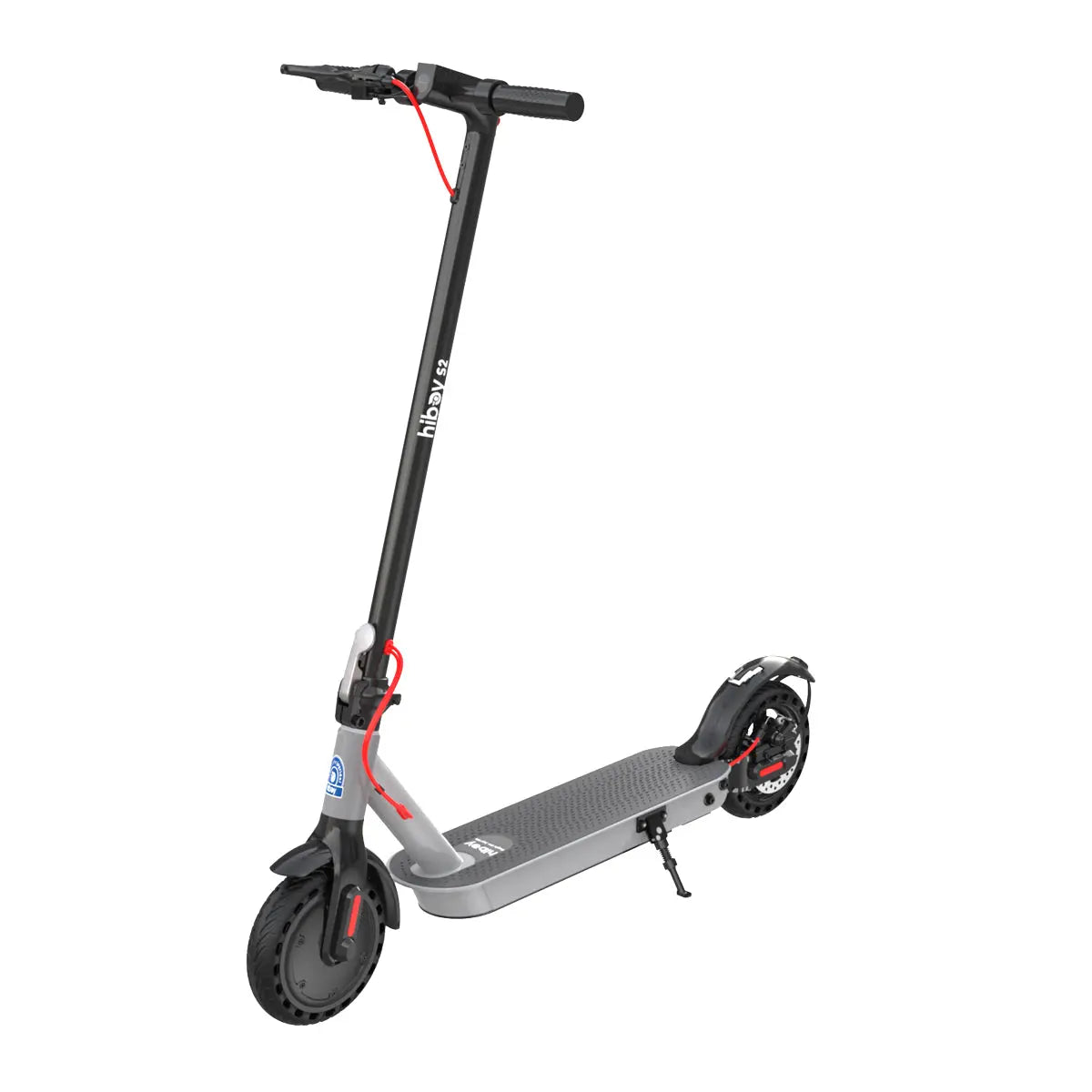 S2
S2
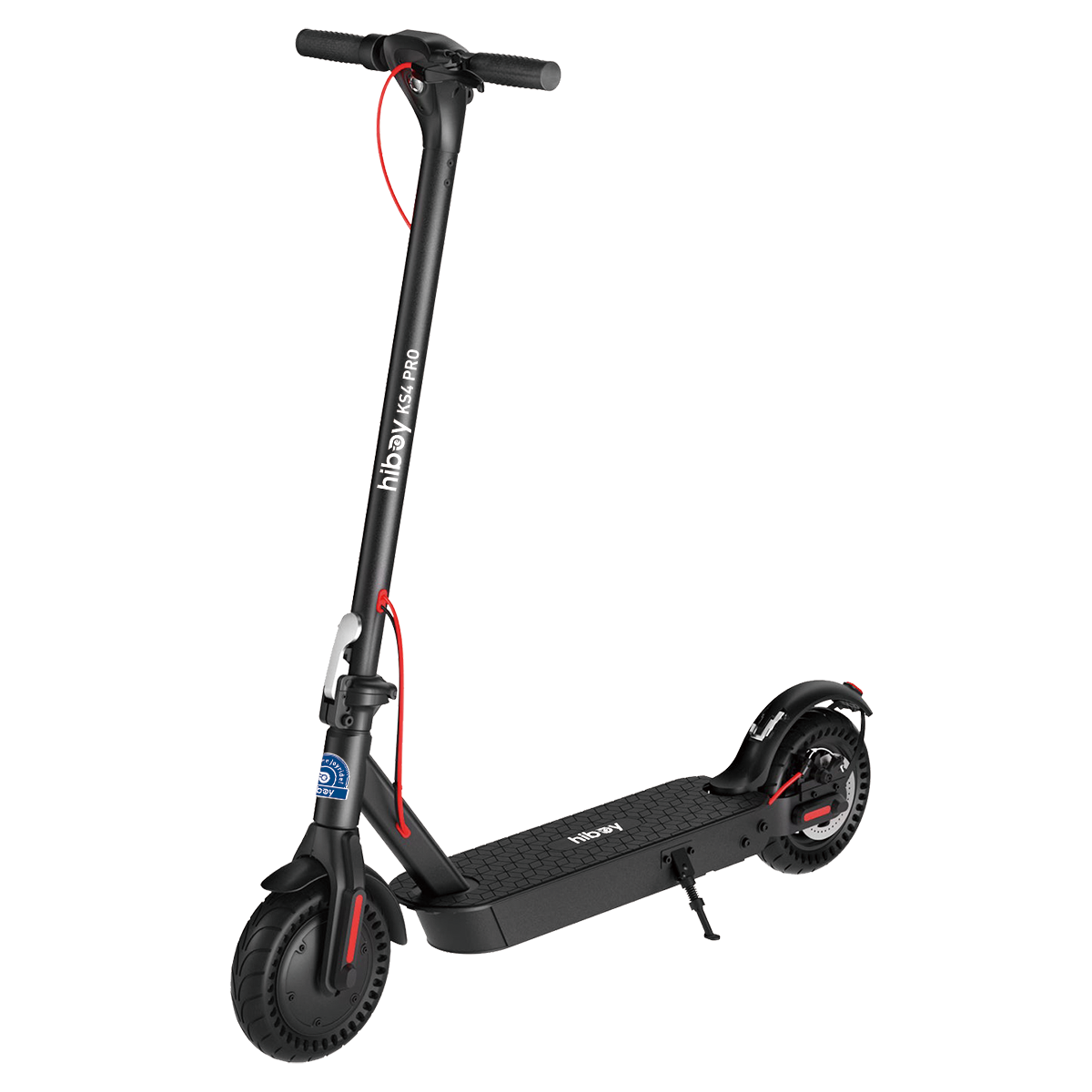 KS4 Pro
KS4 Pro
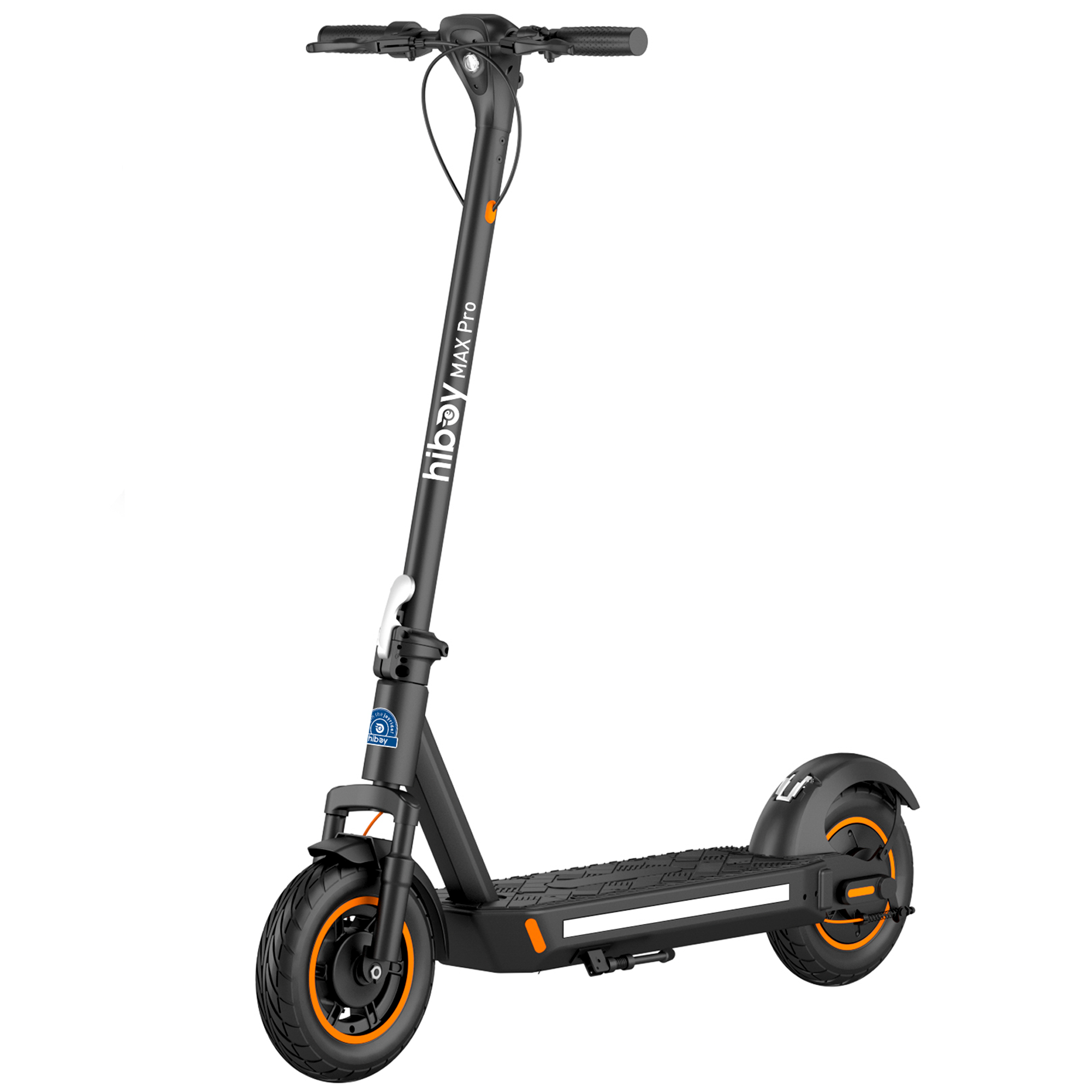 MAX Pro
MAX Pro
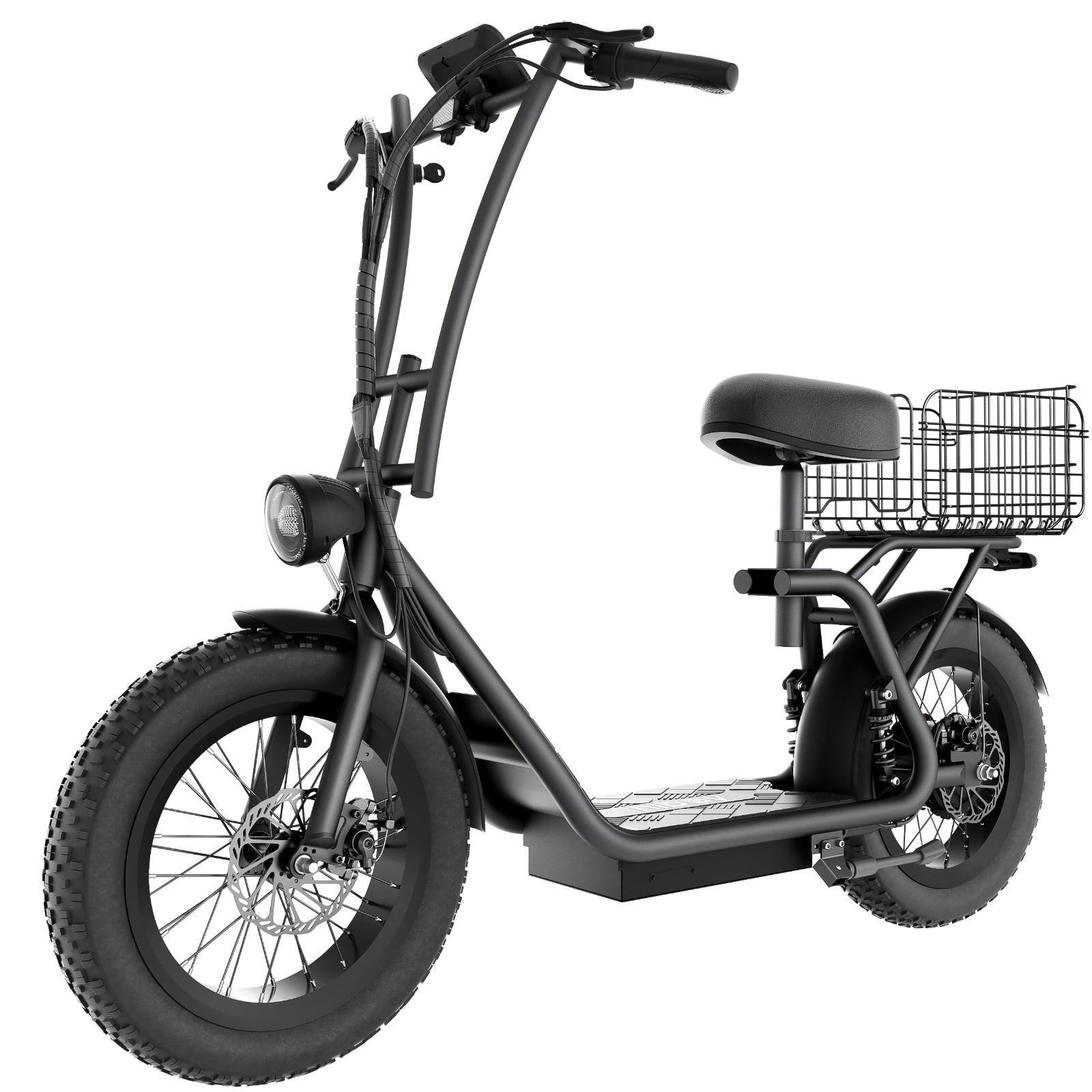
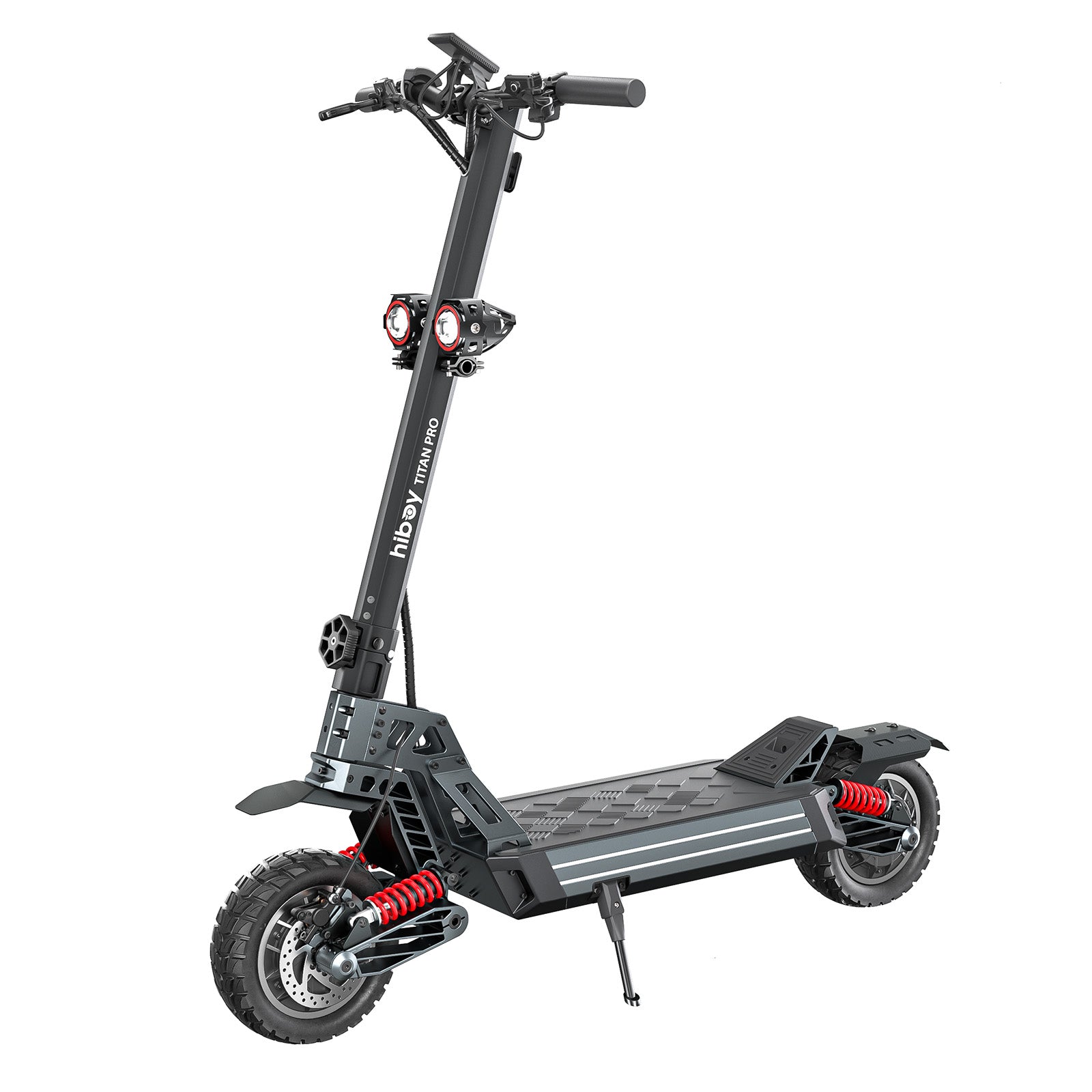
 Light-Weight & Portable
Light-Weight & Portable
 Long Range
Long Range
 For Heavy Riders
For Heavy Riders
 Big Wheel
Big Wheel
 With Seat
With Seat
 Fast
Fast

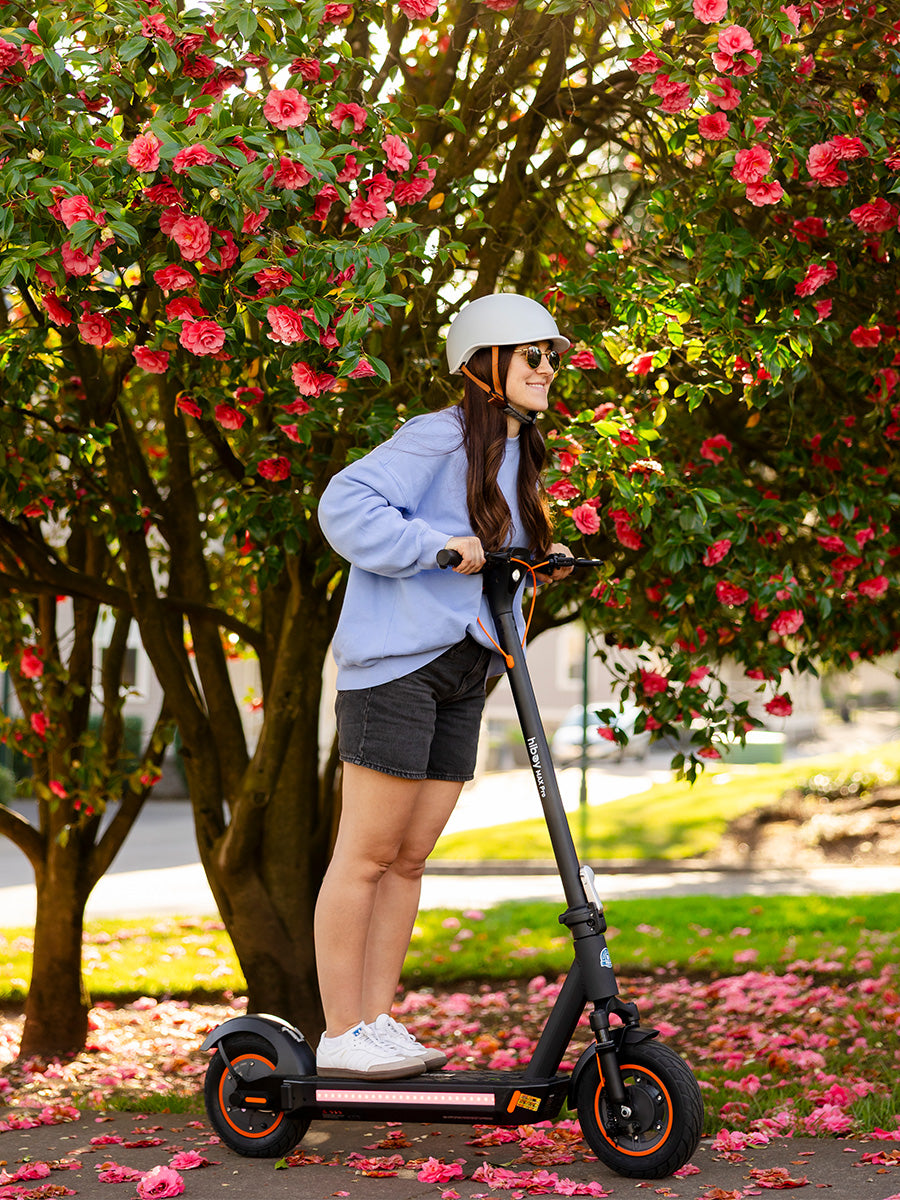
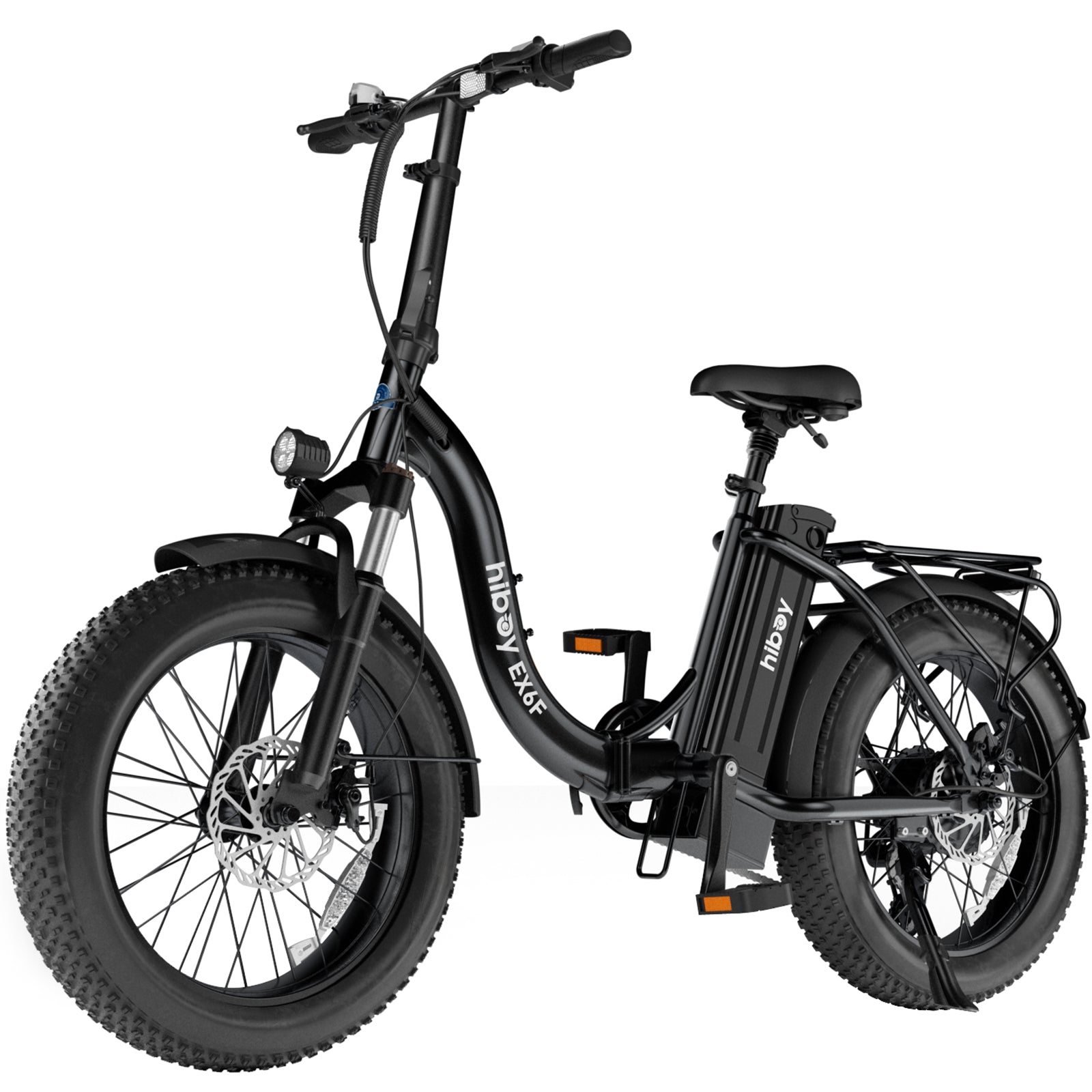
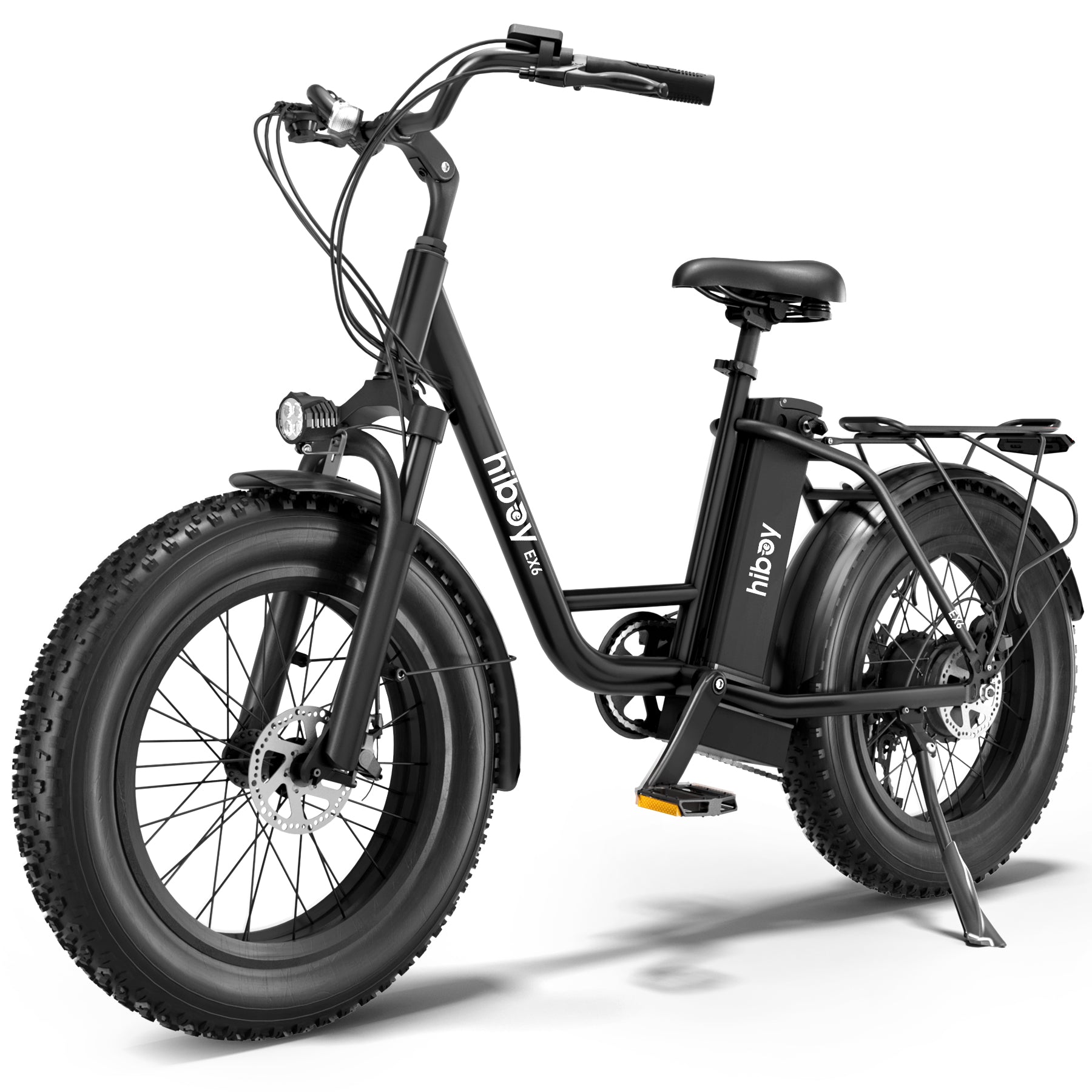 EX6
EX6
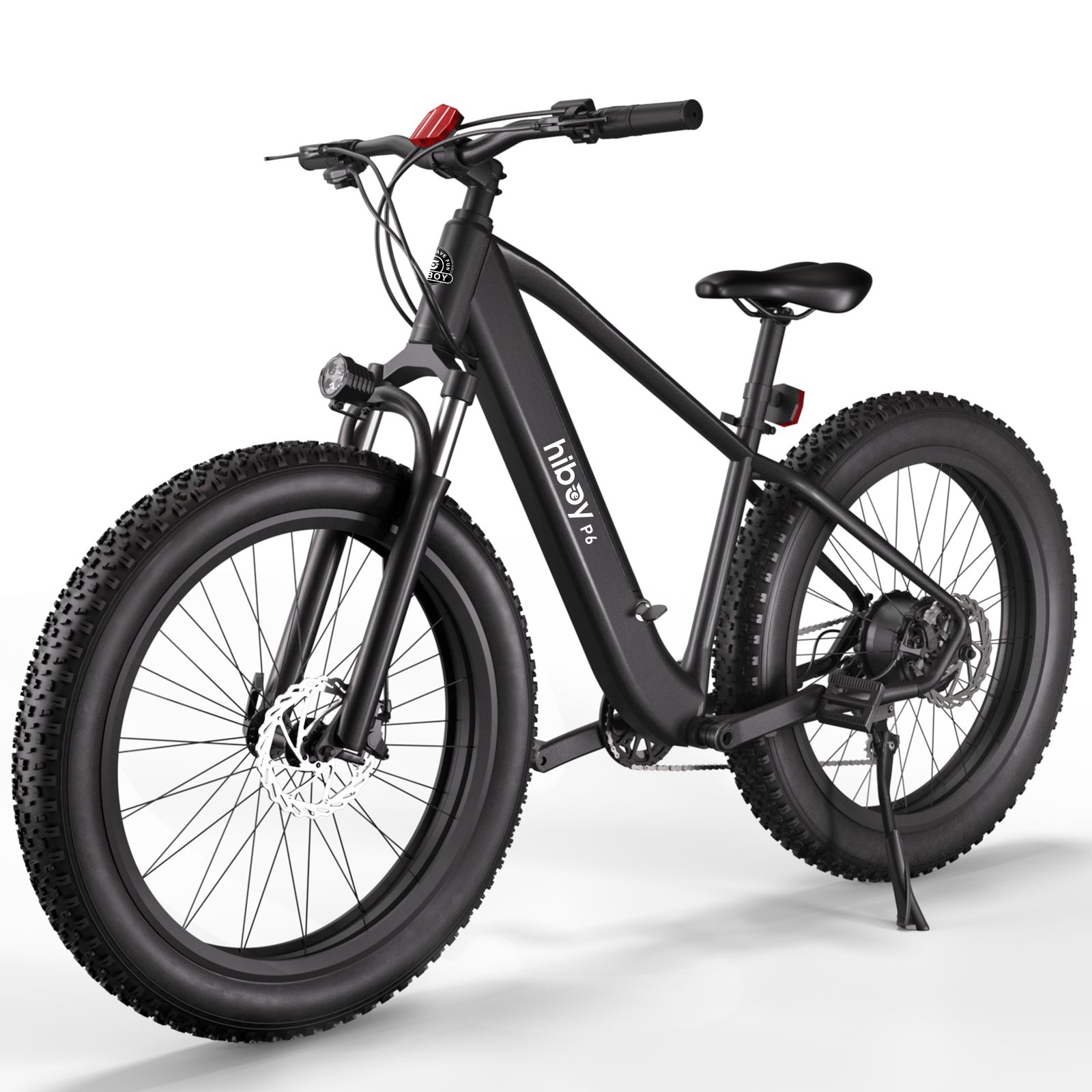 P6
P6
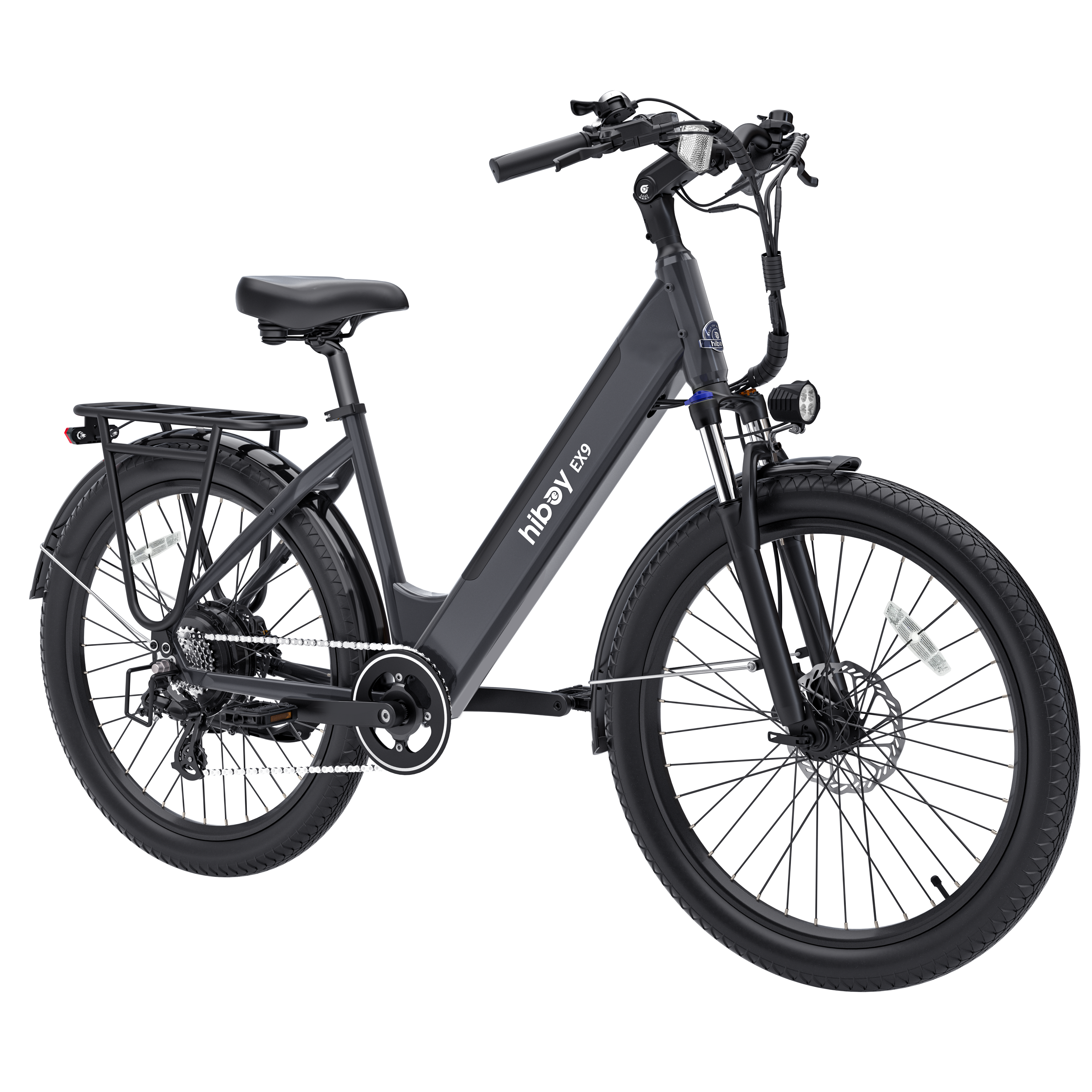
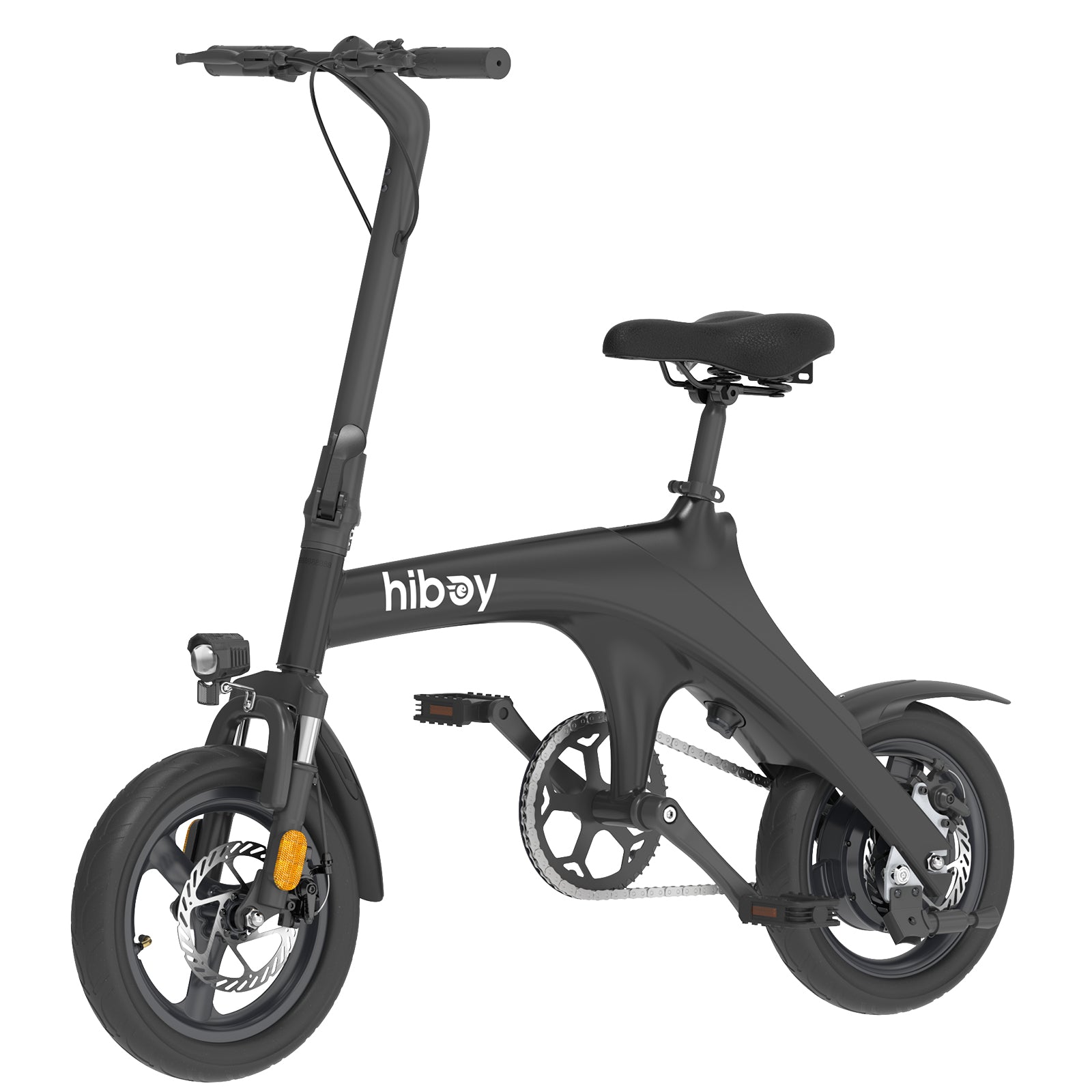 C1
C1
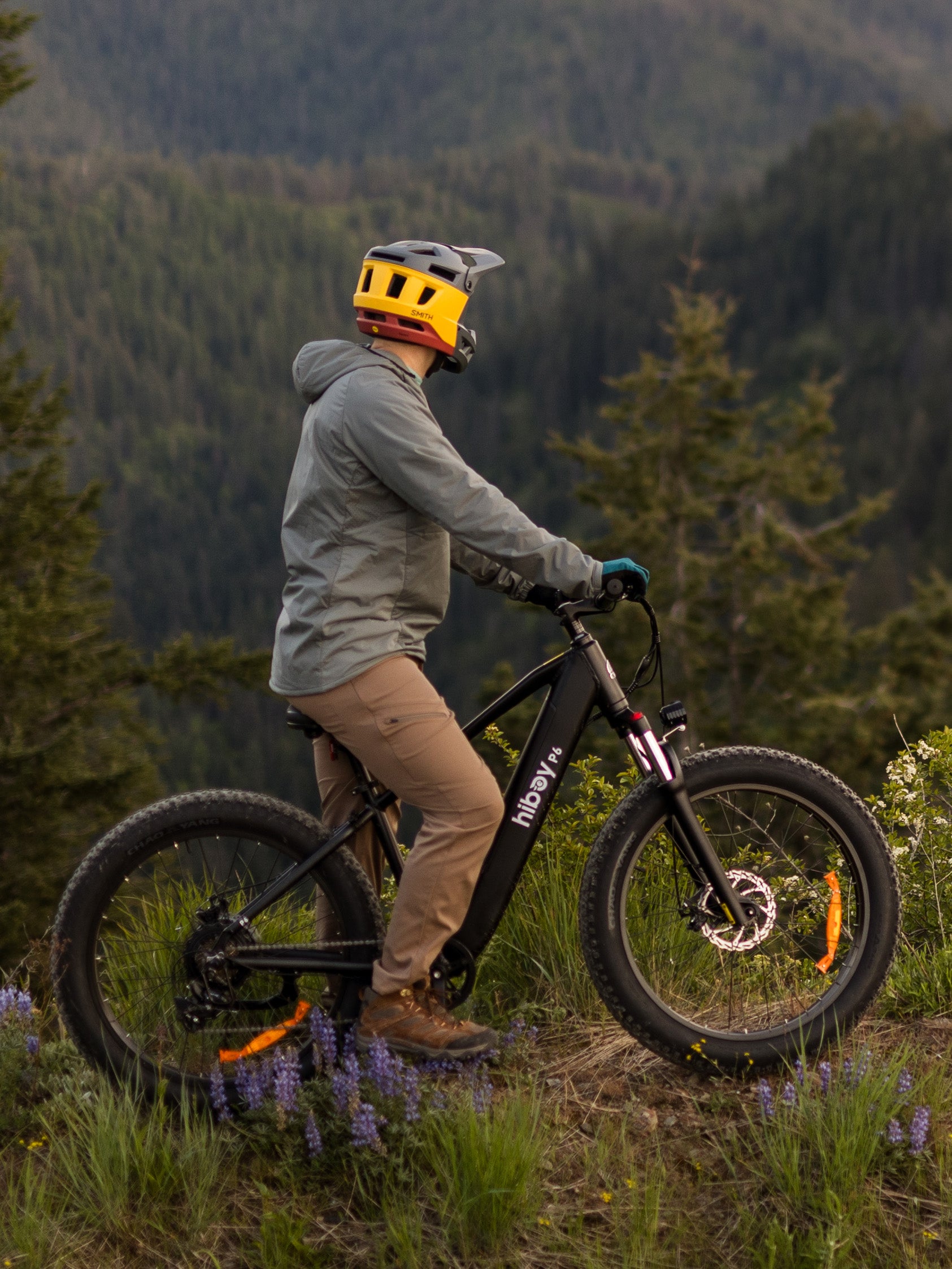
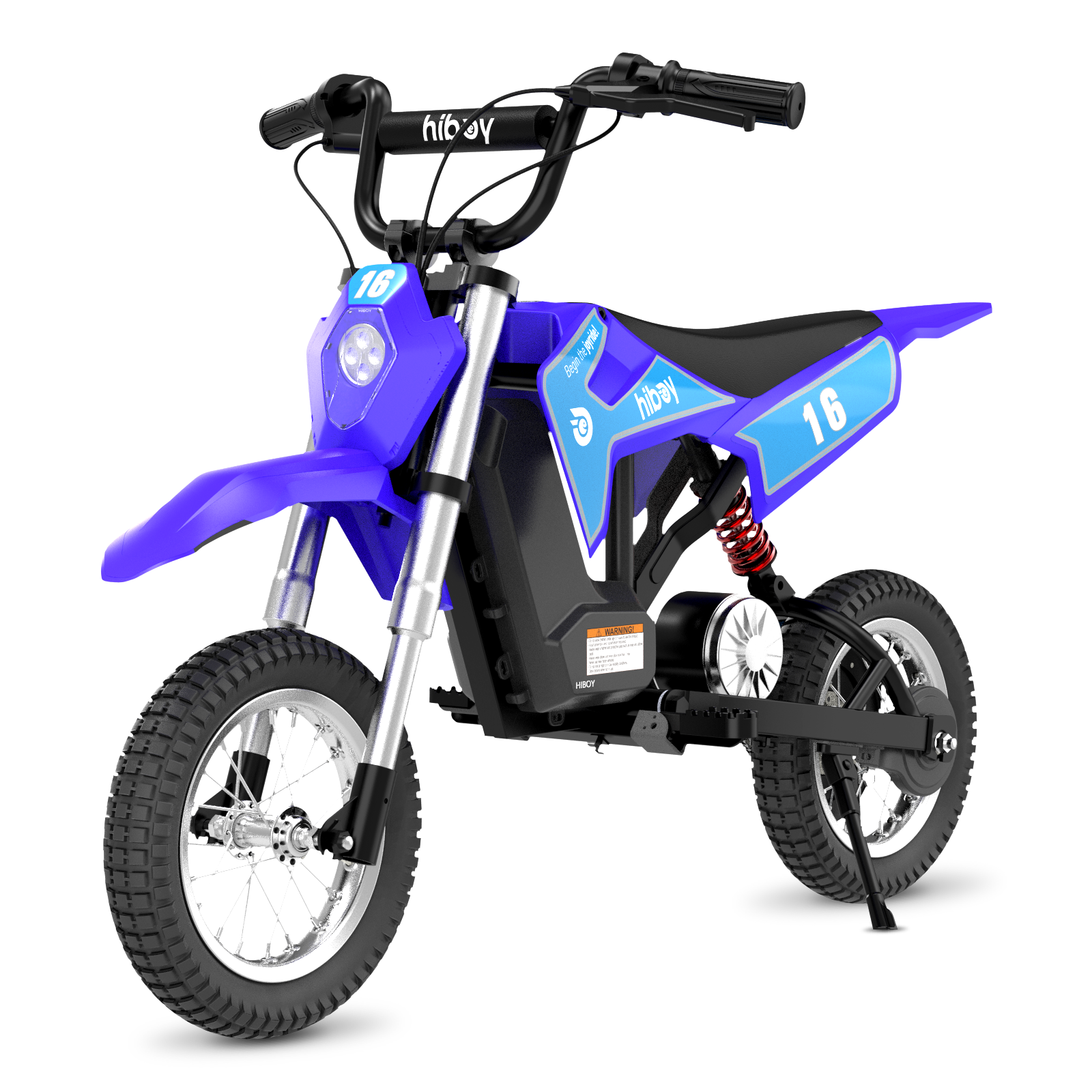 DK1
DK1
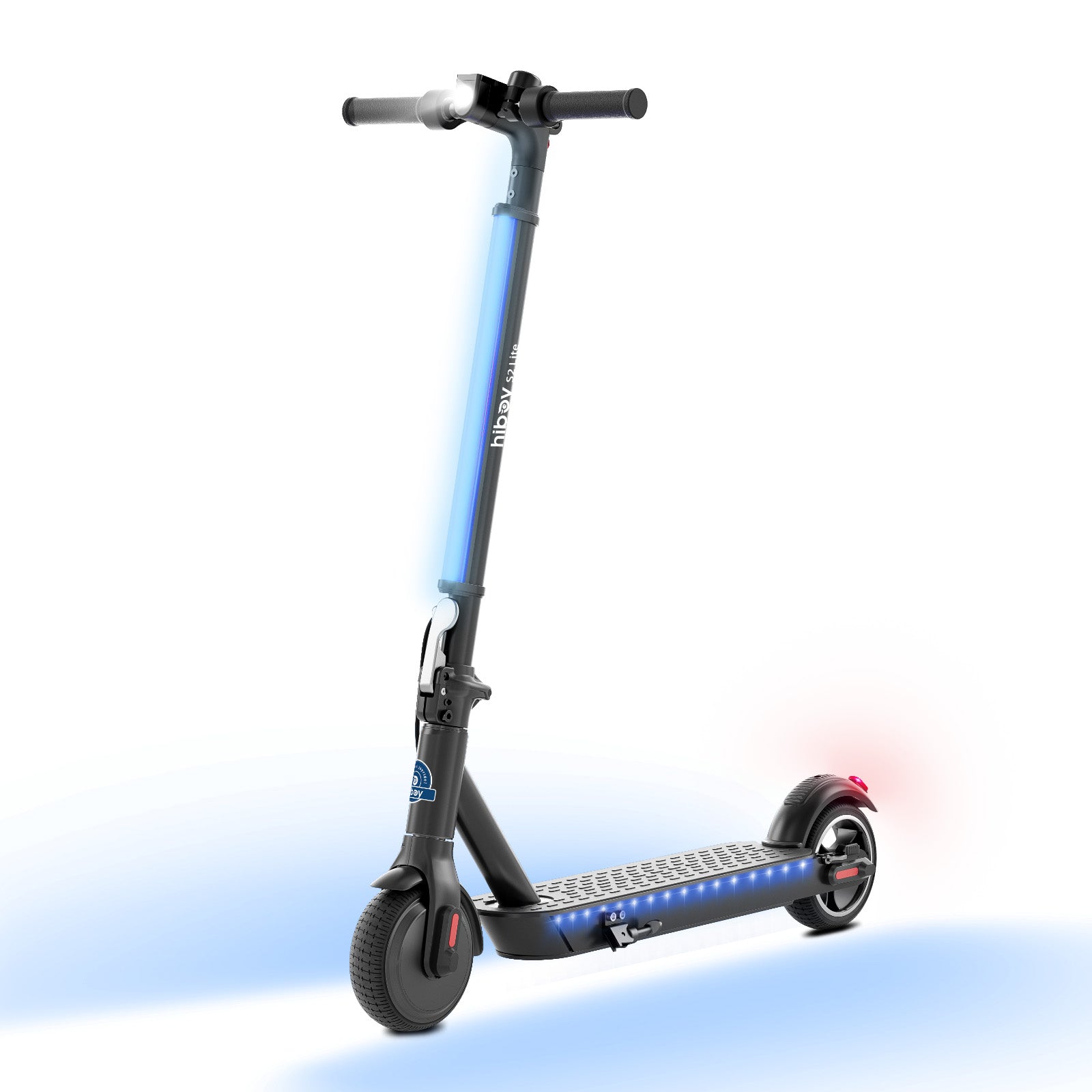 S2 Lite
S2 Lite
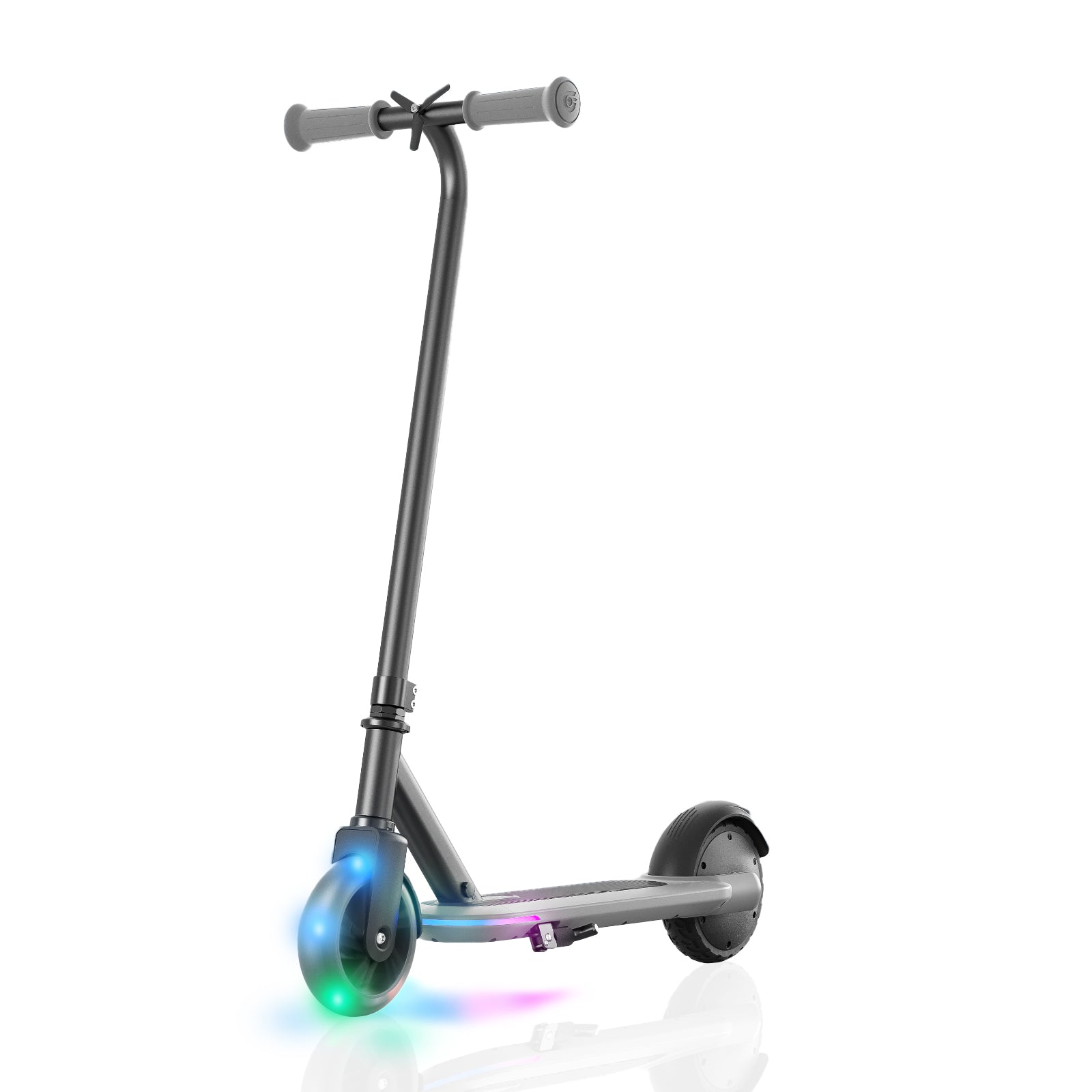 ES-1
ES-1
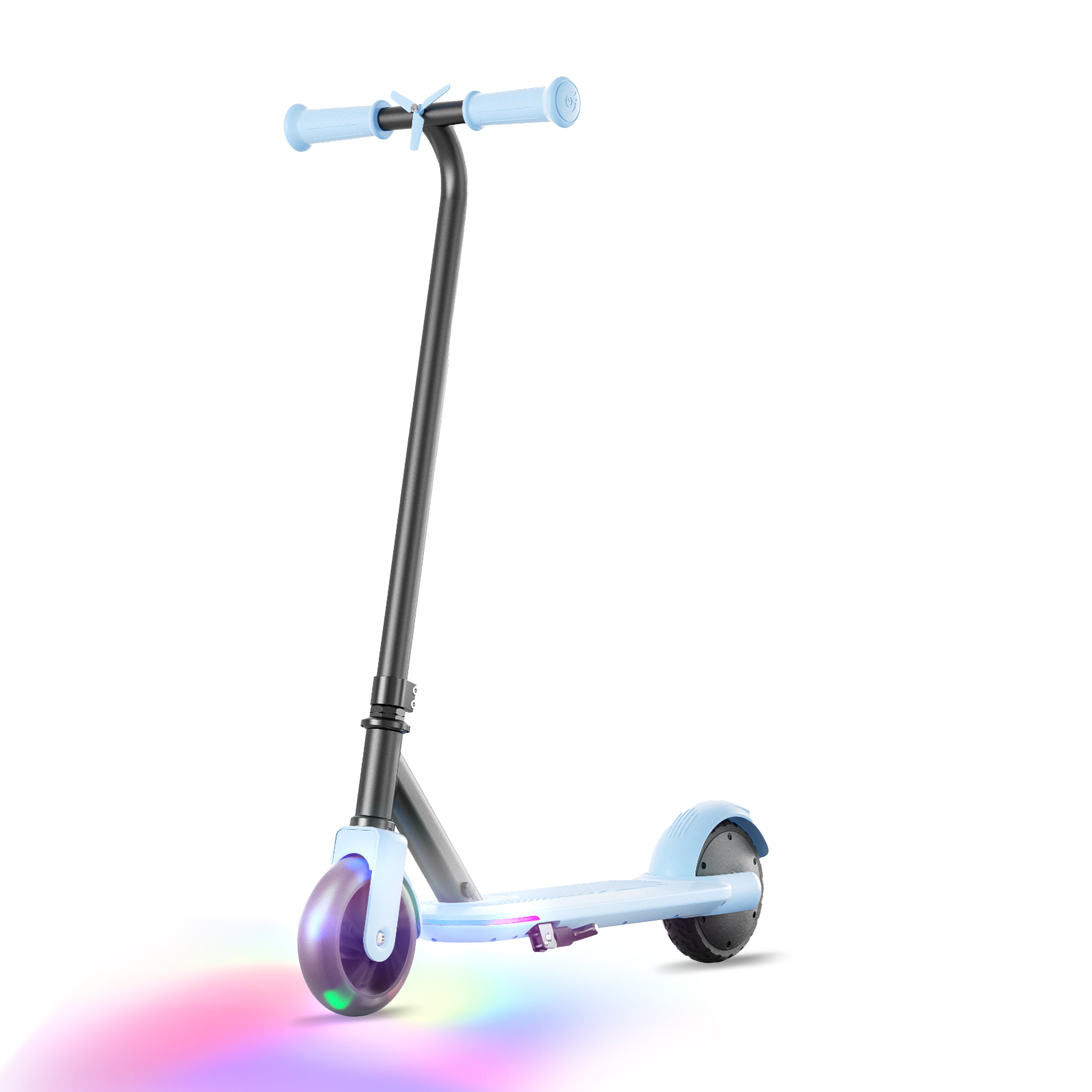 KS1
KS1
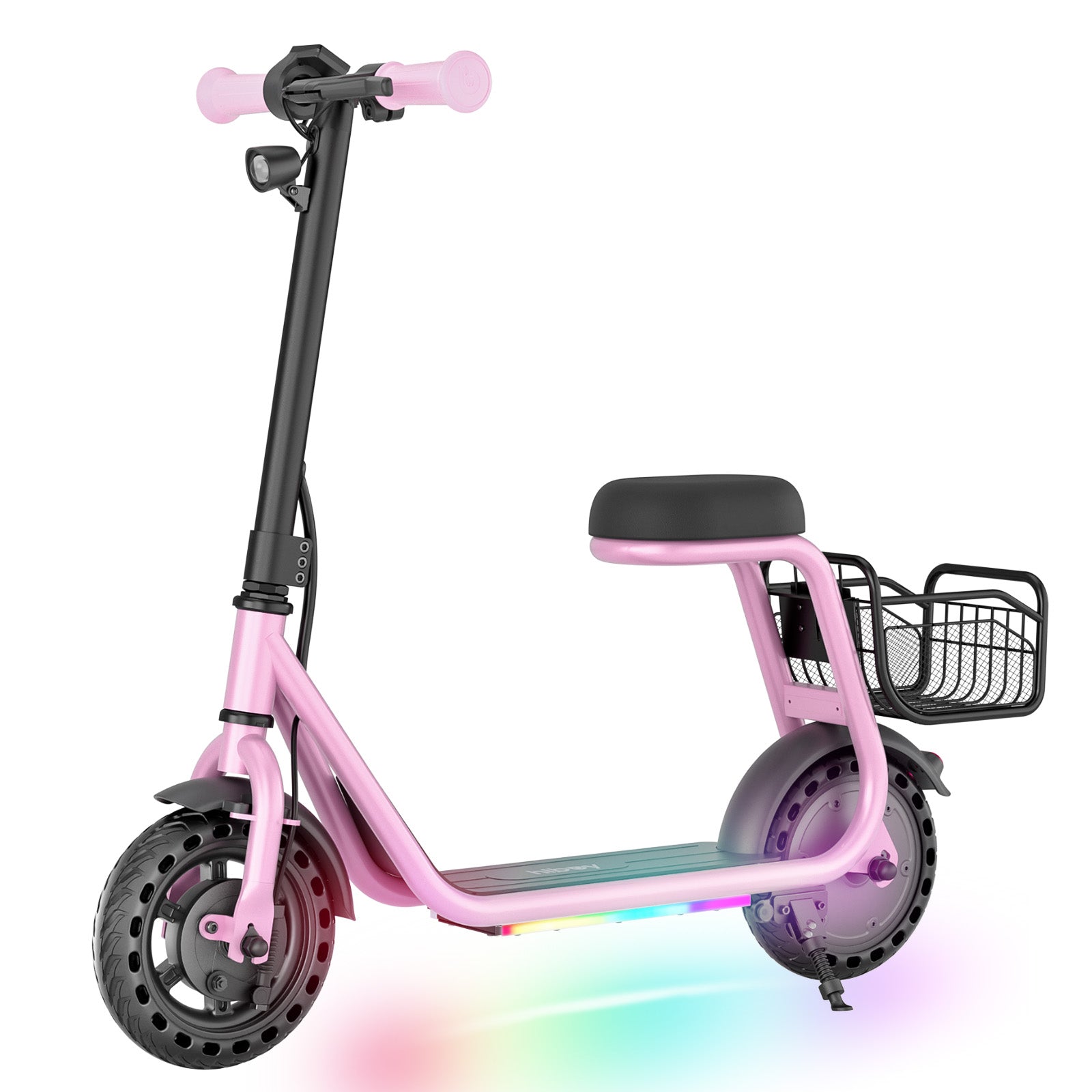 Q2 Lite-A
Q2 Lite-A
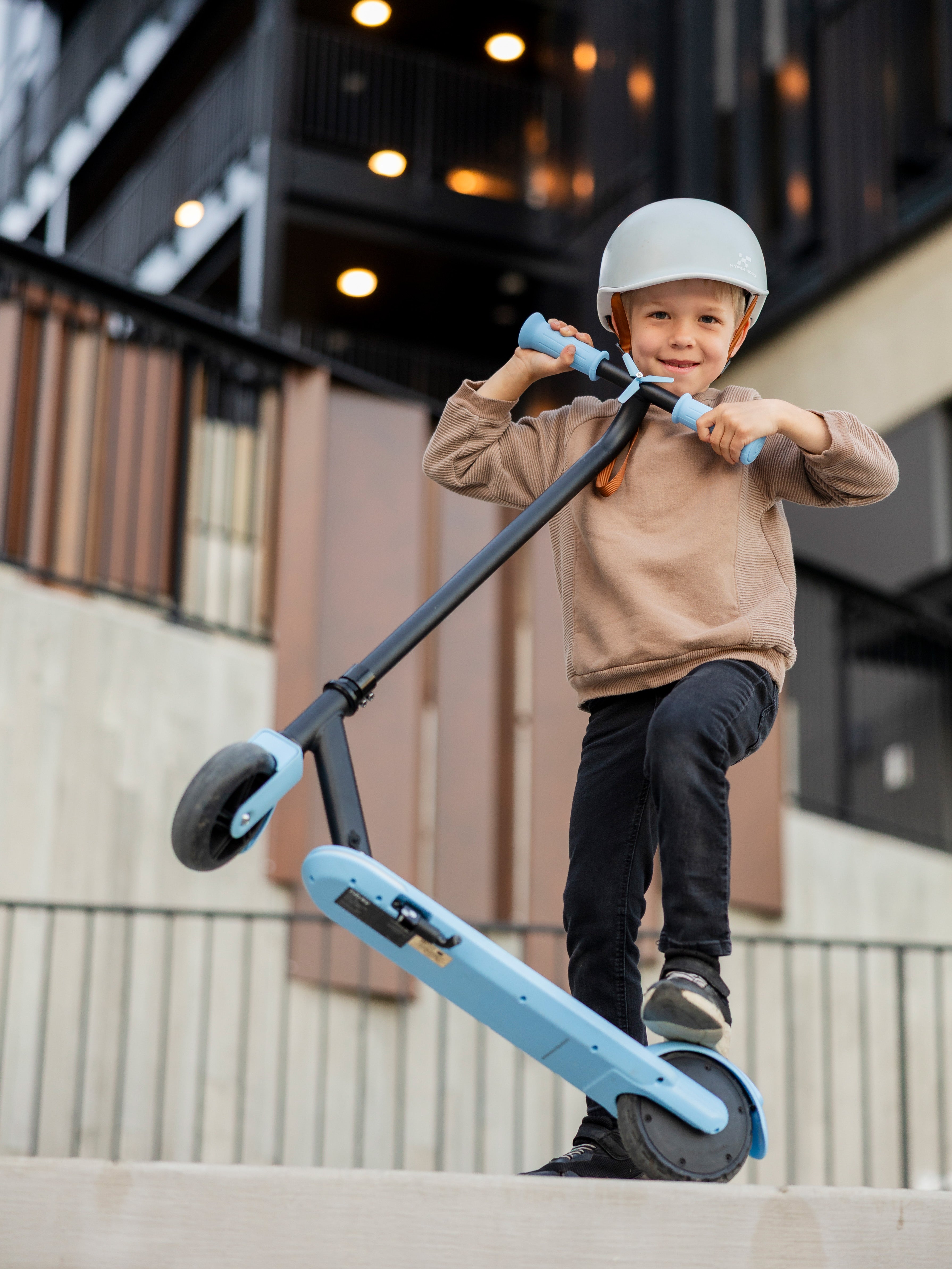
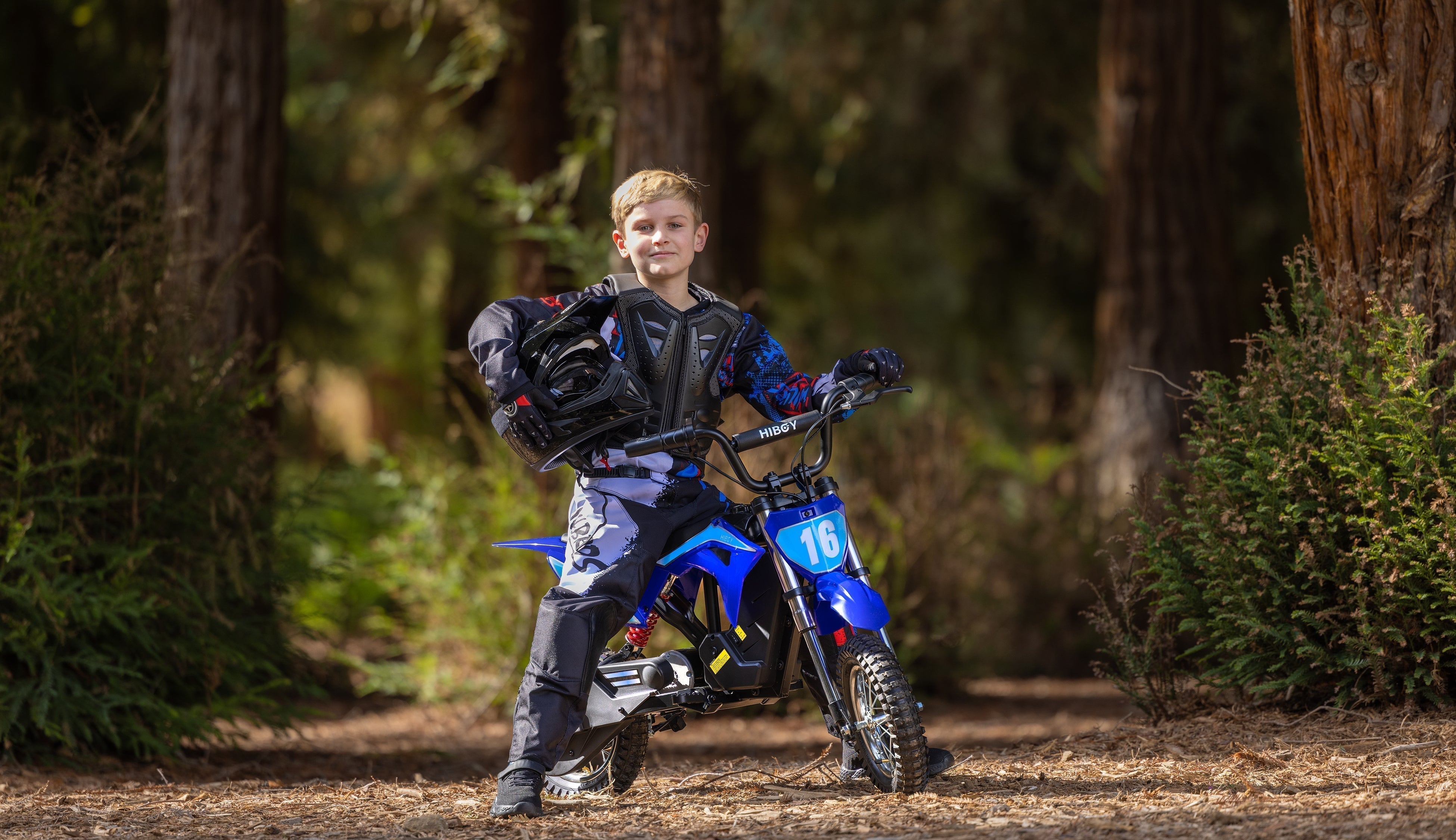
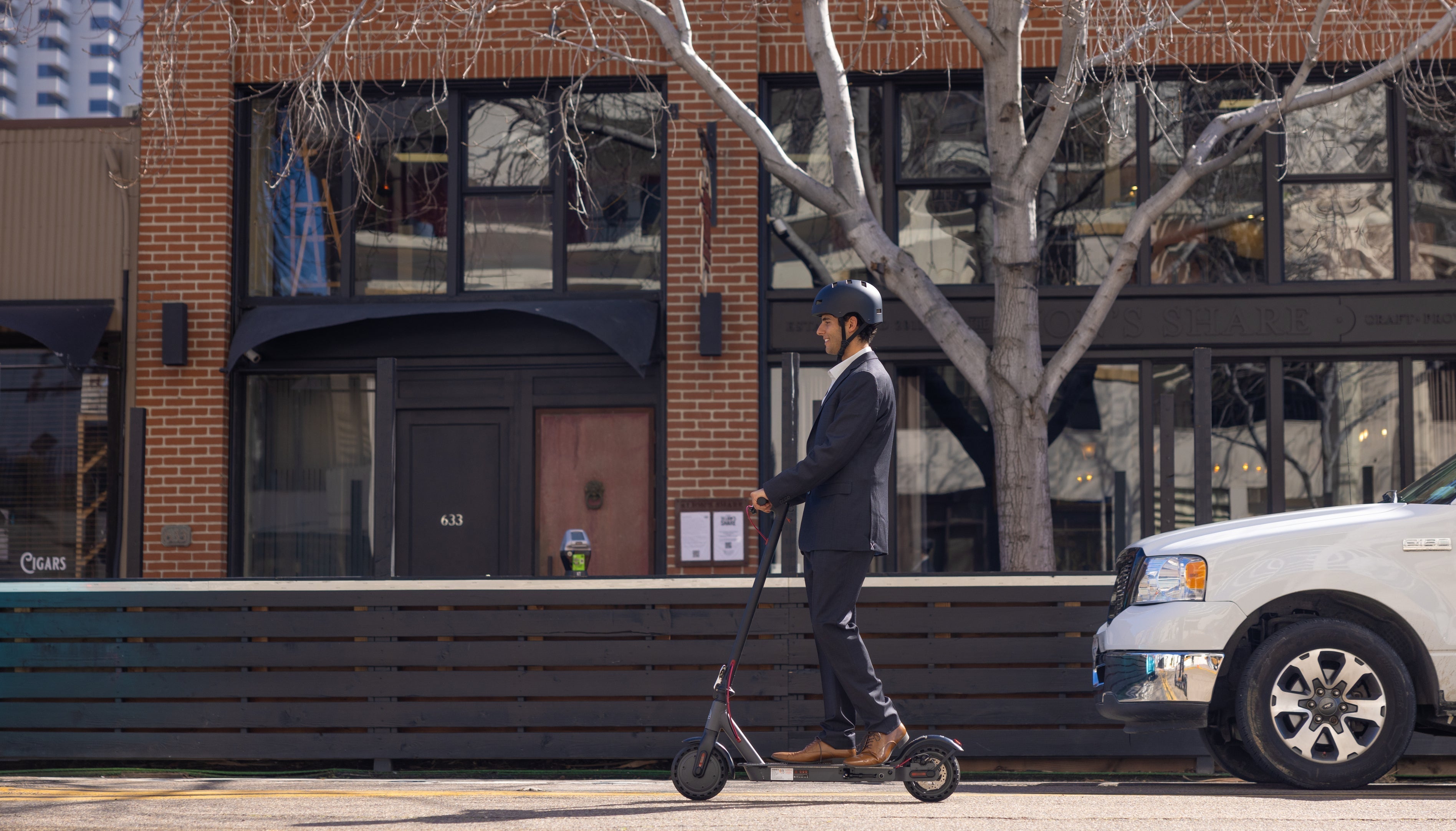






Leave a comment
All comments are moderated before being published.
This site is protected by hCaptcha and the hCaptcha Privacy Policy and Terms of Service apply.